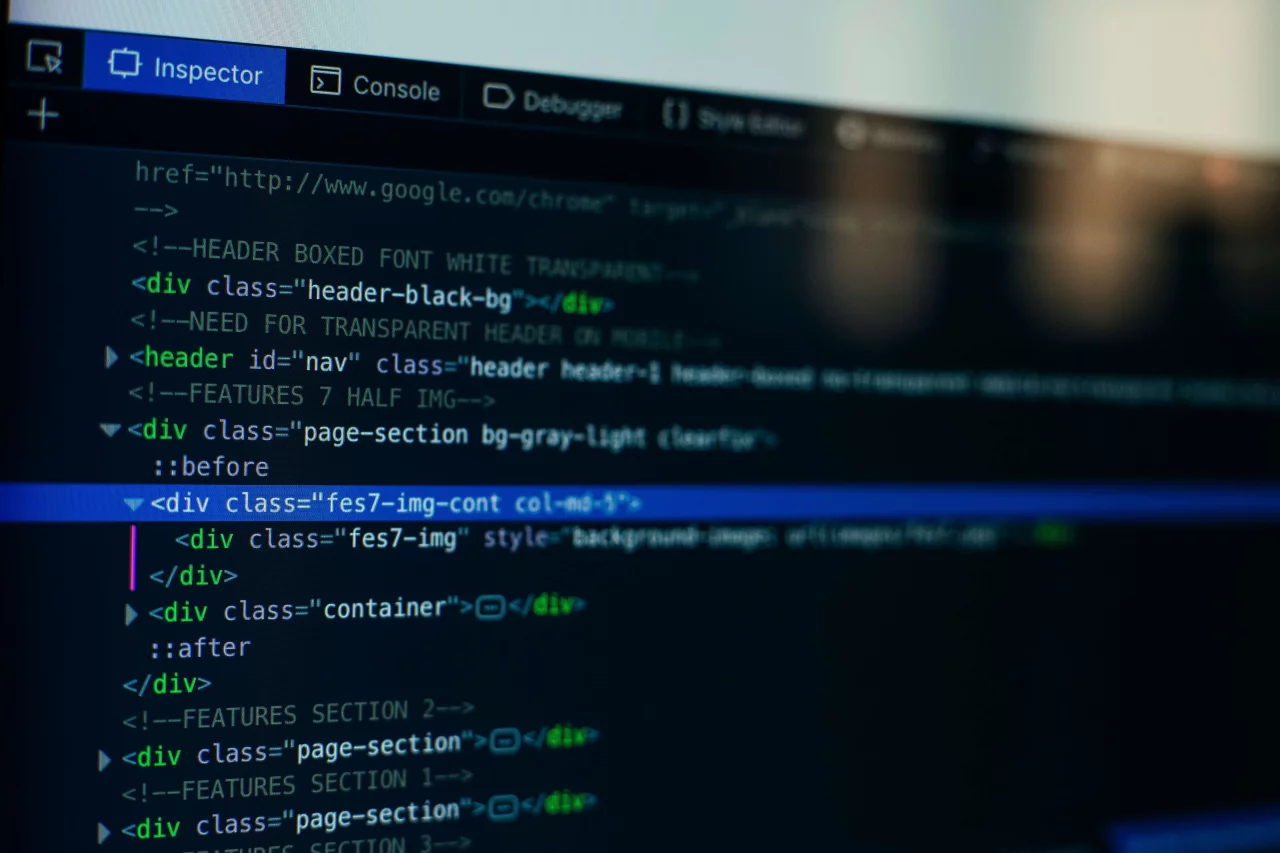Understanding PHP Dependency Injection Containers
PHP Dependency Injection Containers (also known as DI Containers) are powerful tools that facilitate the management of class dependencies in PHP applications. By utilizing a DI Container, developers can enhance the maintainability and flexibility of their code, promoting the principles of inversion of control and loose coupling.
The Importance of DI Containers in PHP Development
In modern PHP development, DI Containers play a crucial role in organizing and instantiating objects. They allow for the automatic resolution of dependencies, streamlining the process of creating complex systems. When you leverage a DI Container, you can easily configure and manage your application's services, making it easier to handle testing and scalability.
Key Features of PHP Dependency Injection Containers
Some of the notable features of PHP DI Containers include:
- Automatic Dependency Resolution: The DI Container automatically resolves all dependencies for you, reducing boilerplate code and minimizing human error.
- Service Registration: You can register services and their dependencies in one central location, making it easier to manage them as your application evolves.
- Singletons and Factories: DI Containers allow you to configure services as singletons or factories, enabling you to manage object lifetimes efficiently.
- Configuration Management: Many DI Containers support detailed configuration, providing the ability to set up complex objects with ease.
Popular PHP Dependency Injection Containers
Several PHP DI Containers are available, each with its own set of features and benefits. Some of the most popular ones include:
- Symfony Dependency Injection: A robust component that comes with the Symfony framework, offering extensive features for managing service definitions and compilation.
- Pimple: A lightweight and simple dependency injection container that is great for smaller projects or microservices.
- PHP-DI: A powerful and flexible DI Container that is easy to use and integrates well with other frameworks.
How to Implement a DI Container in Your PHP Project
Implementing a Dependency Injection Container in your PHP project can significantly streamline your development process. Here's a brief guide on how to get started:
- Choose a DI Container: Select a DI container that best fits your project's needs.
- Install the Container: Use Composer to install your chosen DI container.
- Define Your Services: Register your services and their dependencies within the container.
- Resolve Dependencies: When you need an instance of a service, request it from the container, allowing it to automatically resolve its dependencies.
With these insights, it's time to explore the related articles below to deepen your understanding of PHP Dependency Injection Containers and discover practical examples of their implementation.
